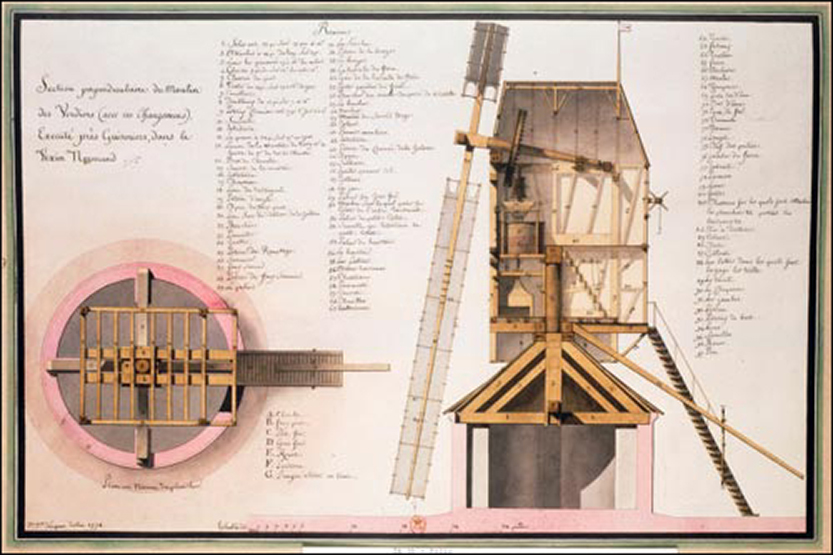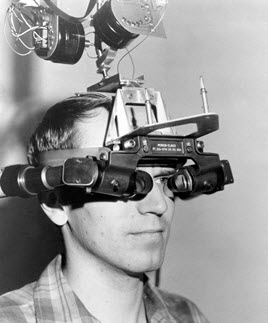Lackluster Service Performance
For product companies and service organizations, field service continues to be a critical element in the quest for greater profitability and improved customer satisfaction. Field service excellence is determined to a great extent by the effectiveness and efficiency of the service visit, as well as by the experience delivered to the customer.
Fueled by pervasive connectivity, practically free access to GPS and GIS information and cheap mobile devices, the field service community is abuzz about scheduling, route planning and tracking technicians on their way to repair a piece of critical equipment. Indeed, these are important, especially in times when fuel is pricey and companies make efforts to curb air pollution.
However, cross industry studies reveal workforce utilization in field service organizations hovers around 65%, meaning that technicians waste precious time until they get to the real job, the one that the customer actually cares about.
Waste and Inefficiency
Actually, this disappointing utilization of the field service workforce is a result of numerous factors, not only long travel time.
Two countering forces are in play here. First, the field service industry has been experiencing a steady decline in workforce due to an aging population and egress of experienced service technicians. At the same time, the interest of the younger workforce in field service positions is at all-time low, and many product and service organizations struggle to attract, train and retain qualified service technicians.
In addition, margin pressures and, in some instances, incorrect attitude towards technicians’ education result in minimal investments in training.
The result is a growing knowledge gap that is difficult to contain.
Organizations that have not made the right investments in hiring and training find it increasingly difficult to allocated workforce effectively. In additional to facing chronic shortage of qualified technicians, service organizations struggle to optimize the allocation of their workforce. Lacking cross-product knowledge and certifications, fewer highly qualified technicians are very busy and have to travel longer and more frequently, while others sit idle waiting for the next service call.
Wrench Turning Time
But the biggest challenge facing the service organization is delivering what the customer cares the most about: delivering efficient and effective service onsite. And, given the difficulties in allocating qualified personnel effectively, it is no surprise that the average field service performance statistics are somewhat lackluster.
In a recent article I discussed service as a knowledge intensive activity. Quite often, technicians spend time looking for information, researching solutions and alternatives, and calling the technical help desk. From the customer’s point of view, service technicians should spend more of their onsite time turning wrenches.
Right Technician, Right Information
Improving workforce utilization is critical for field service profitability. Working longer hours and more shifts isn’t the correct answer.
What can product and service organizations do to improve the efficacy of their field force?
Information
The most useful service information is task-specific and equipment specific. That is, it is specific to the “as maintained” configuration of the equipment and organized around the tasks to be performed: troubleshooting, remove-and-replace, and verification.
In most cases technicians see little use in information that is too generic as many theory of operation documents tend to be. Similarly, technicians do not need documentation to perform routine tasks they are very familiar with.
On the other hand, even the most experienced technicians find documents that encapsulate the most recent organizational knowledge very helpful.
Cross Product Information and Training
What about the less experienced technicians and the need to improve the utilization of the workforce by equipping technicians with tools to service a broader range of products?
First, cross product training will create a larger pools of qualified technicians that can be allocated more efficiently rather than having too many idle technicians waiting for a service call on “their” equipment.
The other part of the answer goes back to service information. While experienced technicians need less theory and fewer details, other technicians, especially those that have less frequent access to unique equipment configurations will find more detailed—yet task and configuration specific—information useful.
IoT and Remote Diagnostics
Instrumented and connected devices that offer remote access to diagnostics can obviously improve service operations and workforce utilization. A service center can run diagnostics remotely and hopefully gather enough information to identify the root case and make sure the technicians has the right skills and information as well as the correct part to remedy the problem.
But before we declare IoT as the answer to most field service organization woes, it’s worth noting that remote access, in itself, does not provide certain information that is often key to effective service execution onsite: as-maintained configuration and maintenance history. Good PDM and ERP systems that are kept up to date are as important.
Spare Parts Management
A full discussion of spare parts inventory management is clearly out of the scope of this blog, so I’ll mention just a couple of key points.
Unless spare parts are stocked onsite (usually not a good idea) or in the technician’s van, it’s critical that the technician has enough knowledge about the potential failure root causes and the equipment’s as-maintained configuration so the correct part can be shipped or picked up en route. Here, again, the combination of diagnostics, PLM, ERP and IoT provides context for making this determination.
Quite often technicians maintain a “trunk inventory” of spare part. While this practice appears effective to address the need for immediate access to spare parts, the practice of having parts circulating outside the main inventory can lead to unnecessary increase in inventory, have a negative impact on quality, and conceivably increase the number of repeat service calls.
Reduce Paperwork
Finally, both customers and technicians want to see more wrench-turning time and spend as little time as possible on paperwork.
[Photo: MorgueFile.com]



